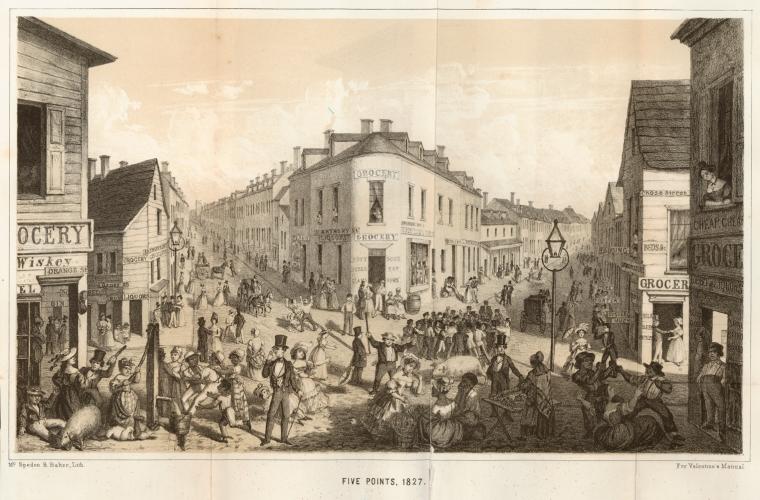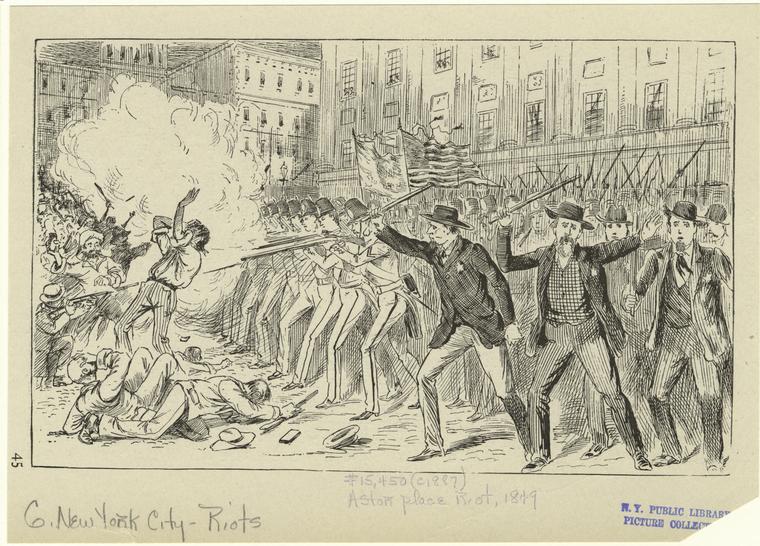I. Introduction

Location is primary and immediate in identifying crime. The format of a news alert makes essential the “what” and “where” for citizens’ precaution and for the attention of authorities. Outside of their primary functions, criminal reporting, as well as perhaps a separate perception of crime, have seldom appeared to be homogeneously distributed in space in socio-political theory. As early as 1833, in the first American translation of Gustave de Beaumont and Alexis de Tocqueville’s book, On the Penitentiary System in the United States and Its Application in France, New Yorker Francis Lieber claimed simply in his introduction that “cities produced more crime than rural regions”. The theories of influence Lieber accounts, including those that population “size equaled deviance” were questioned since American Urban Analyst Adna F. Weber in The Growth of Cities. Weber’s analysis went beyond sheer measures of population to refine theories of crime’s causality, relating nefarious activity to the number of saloons and bars per capita, to public anxieties and infrastructural decay from overcrowding, and to the development of shared ideology in packed spaces, with basis in German Analyst Dr. George Hansen. Though these theories held some clout during the 19th and turn of the 20th centuries, many are objectively fallacious (Erik H. Monkkonnen counted the conflation of a greater sample size in a populated city with more crime per capita). In his study on homicide cases in New York City in the late 19th into the turn of the 20th century, Eric H. Monkkonen asserts that Lieber’s and Weber’s analyses are empty abstract logic. Though their theories are unfounded, independent of actual observation and analysis of urban populations, some social clout was falsely created when observable realities were rationalized in academic work to fit the theory. Of Webner’s analysis in 1833, as well as the mistake of conflating sample size with inflated crime per capita, Monkkonnen finds that “if this was popular perception, which then was reinforced by sociological theory, and then, after the mid twentieth century, even came to be true, these confluences may be the source of our misconceptions. By the mid twentieth century, the association of big cites with crime had changed to conform to the theory [that] big cities did tend to have more crime per capita.”
Continue reading An Introduction to the Criminal Neighborhoods Map

